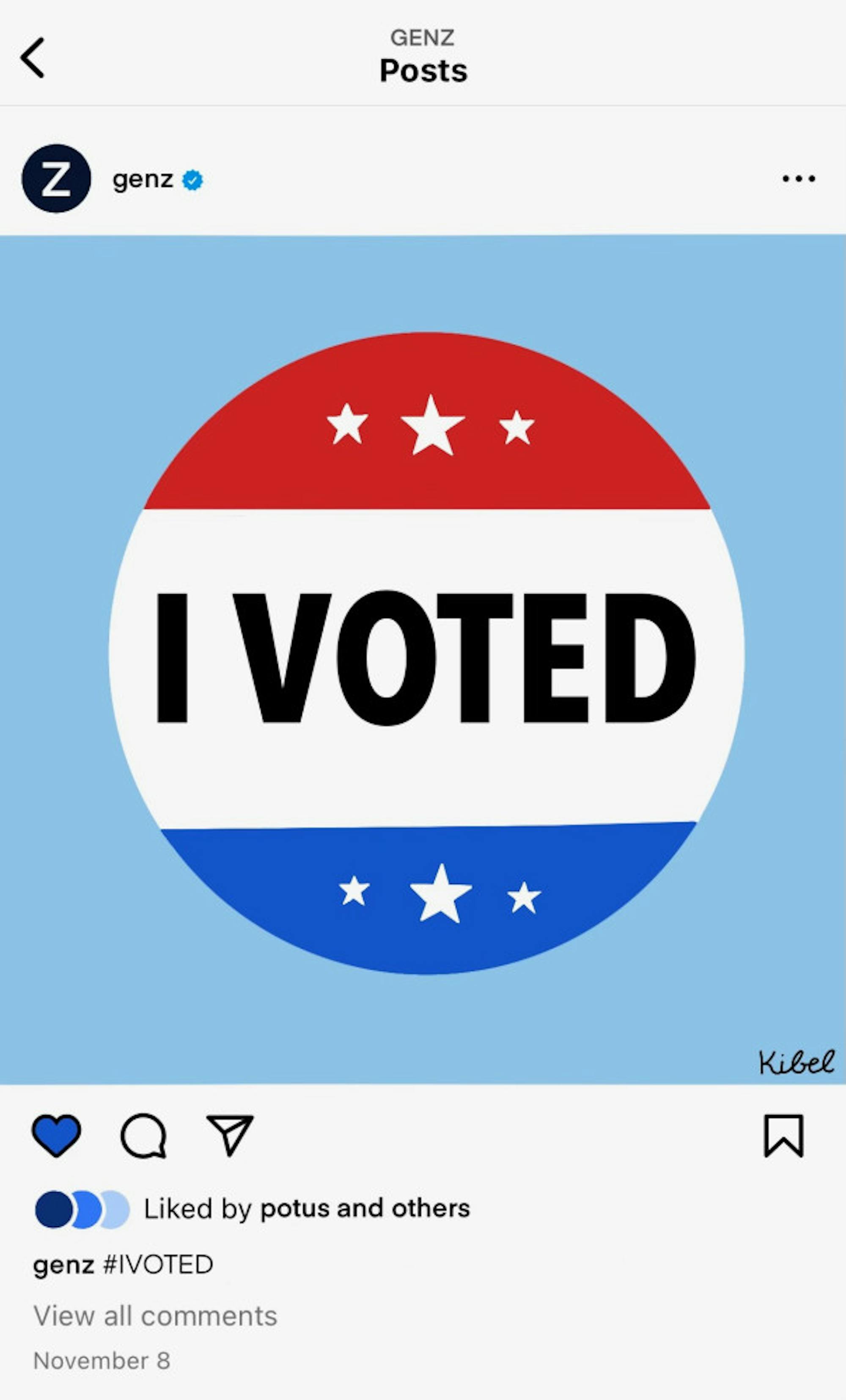The 2022 United States midterm elections have been seen as one of the most consequential in recent history. Of course, every House seat was up for election, putting a Democratic majority in question amid newly drawn districts, though many were non-competitive. Moreover, Republicans were favored to win the Senate leading up to the election, overturning predictions for a Democratic victory. Surprisingly, the election results did not mirror these predictions. Despite the history of poor incumbent party performance in midterm elections, Democrats came out retaining at least an even Senate, featuring key victories in Pennsylvania and Nevada. As it turned out, the foreseen “red wave” was stopped with a “blue wall.”
The composition of this blue wall was not unique, but certainly surprising. Youth voters drove Democratic resistance against the red wave. Though voters in Generation Z and Millennial demographic groups are known to lean Democratic, their turnout and composition in this year were unlike any other. Exit polls show that Democratic House candidates won voters under 45 by an impressive margin of 13 points, while losing voters over that age by 10 points.
It is notable that this blue wall didn’t just stop Republican efforts, but also redirected them. Abortion was perhaps the key issue for Democrats in the 2022 midterms. The decision in Dobbs v. Jackson to overturn Roe v. Wade was monumental in galvanizing voters. According to polls, most Americans support abortion rights in most cases. This election was important in bridging the gap between popular support and election results — and youth voters were overwhelmingly the ones to turn out and demonstrate it.
The driving forces didn’t stop there. Issues such as climate change, LGBTQ rights and racial justice were important in the minds of many voters. For instance, in Florida, one of the few contested states to see significant Republican wins, a controversial “Don’t Say Gay” law restricting references to LGBTQ populations in school was signed in line with conservative intentions for classroom control. This is especially important given that a significant and increasing amount of Gen Z identifies as LGBTQ.
Therefore, the turnout for youth voters demonstrates not just increased motivation, but an attack on Republican agendas and ideology. In an era where Republican issues are increasingly aligning with anti-democratic policies, such as voter suppression and election denialism, young voters are making their voices heard and bringing select issues to the policy table. The backlash against radical trends is a referendum on the already-questionable policies of a Republican Party that hasn’t won the presidential popular vote since 2004. It’s clear that a remarkable youth turnout has not just put Republicans on the back foot, but brought forward the importance of voting in this democracy.
Turnout also had an impact on a proliferation of Gen Z politicians. Notably, 25-year-old Maxwell Frost won a Congressional seat in Florida’s 10th district. Even at a local and state level, younger candidates are winning races nationwide. It seems ridiculous to outline the basic principle that voters can elect somebody who represents them, but it’s very important in an era where politicians continue aging while things young people can benefit from like education and abortion are in jeopardy.
Of course, the work is not yet done. Though turnout among young voters was high, it was remarkably low relative to the number of registered voters. This year, only 27% of voters aged 18–29 voted, which was actually at a lower rate than the record of 28% in 2018. In that year, Democrats took control of the House and limited foreseen Senate losses, setting up future victories in 2020 and 2022. The driving force in 2018 was likely the Trump presidency, just as how now it is Republican legislative victories. This further demonstrates how backlash is a strong voting tool, but also shows the importance of young voters in swaying elections. Interestingly, youth political enthusiasm is well-recorded, despite historical low turnout. Once voters are energized to match enthusiasm with voting, the results are very apparent.
Gen Z and millennials must continue this enthusiasm and continue to work on the issues that are important to them. As always, it is everyone’s responsibility to vote and stay an informed voter. As time goes on, younger voters will comprise a larger share of the constituency. It’s important to use these recent results as building blocks to fight for a better future for everyone, of every age.






